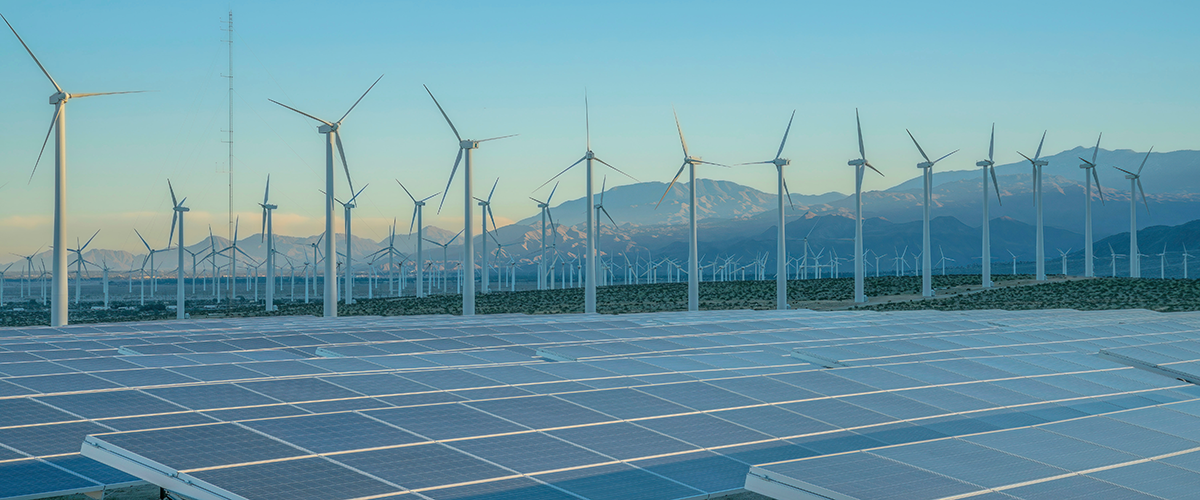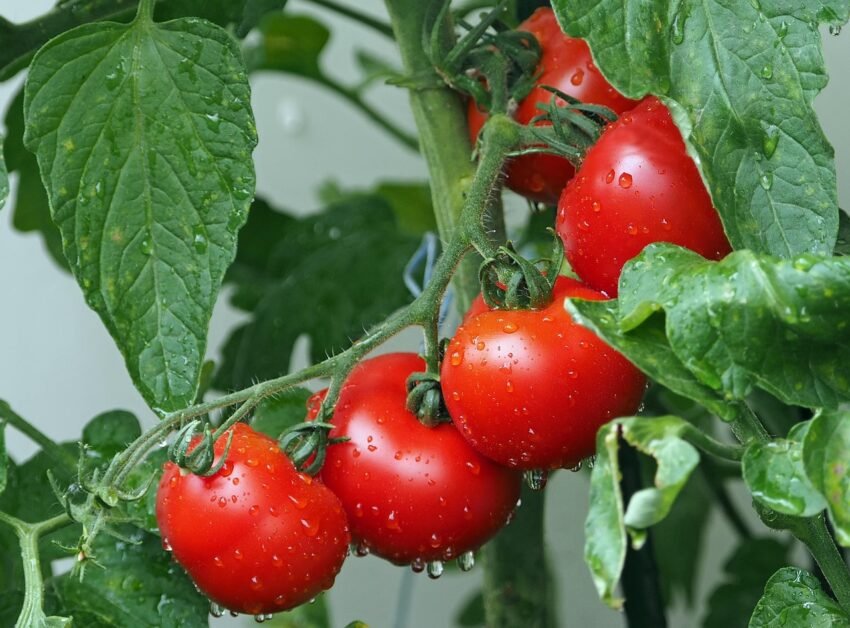Morocco has abundant natural resources that are essential to its economy. Phosphates are the most important, accounting for around 75% of the world’s reserves, mainly in Western Sahara.
The country also has minerals like lead, zinc, copper, iron ore, and manganese, found mostly in the Atlas Mountains. Agriculture is essential too, with Morocco producing cereals, fruits, and vegetables and exporting citrus fruits and early vegetables to Europe. Renewable energy sources, like solar and wind, are being developed to reduce reliance on imported fossil fuels.
The fishing industry benefits from marine resources. However, Morocco faces challenges like limited water and a need for more energy imports. The mining sector contributes about 10% to the GDP, with phosphates making up the largest share of exports.
READ ALSO: Malawi’s Natural Resources: Locations, Discoveries, Viability, Export Potential, And Economic Impact
Morocco’s Natural Resources And Their Locations
Here are resources that have been discovered in Morocco and their locations:
| Natural Resources | Locations |
|---|---|
| Phosphates | Khouribga, Youssoufia, Bou Craa (Western Sahara) |
| Iron Ore | High Atlas Mountains, Anti-Atlas Mountains |
| Manganese | Imini deposit, Anti-Atlas Mountains |
| Lead | Draa Sfar, Koudiat Aicha, Tighza, Jbel Aouam, High Atlas Mountains |
| Zinc | Draa Sfar, Koudiat Aicha, Tighza, Jbel Aouam, High Atlas Mountains |
| Cobalt | Bouazzer mine, Taouz region |
| Silver | Imiter mine, Zgounder mine |
| Copper | Alouana prospect, Anti-Atlas Mountains |
| Barite | It's on the Atlantic coast, central Morocco |
| Salt | Various coastal areas |
| Fish | Canary Current off the Atlantic coast |
| Timber | Middle and High Atlas Mountains |
| Cork | Cork oak forests in various regions |
| Arable Land | Moroccan Plateau, Saiss Plains, Tansift-Alhaouz |
| Renewable Energy | Nationwide, particularly in wind and solar farms |
Morocco’s Natural Resource Discoveries
Phosphate was first discovered in the early 20th century. Today, Morocco has 75% of the world’s phosphate reserves, with mining operations in areas like Khouribga and Bou Craa.
During the colonial period, Morocco’s minerals were also explored. Lead, zinc, copper, and manganese were found in the Atlas Mountains, and later, silver deposits like those at Imiter were discovered in the mid-20th century.
Morocco’s fishing industry flourishes due to the Canary Current, which provides rich grounds for sardines and tuna along the Atlantic coast. This has supported a strong, sustainable marine resource sector for decades.
In the early 2000s, Morocco began focusing on renewable energy with projects like the Noor Ouarzazate Solar Complex, which taps into the country’s solar and wind potential.
The most recent discovery was in 2023 when SDX Energy found a natural gas reserve in the El Gharb basin near Kenitra.
This discovery is expected to significantly improve Morocco’s energy production, with plans to increase output by 300%, potentially reaching 400 million cubic meters annually.
Other recent hydrocarbon discoveries in Tendrara and Larache also contribute to Morocco’s energy independence, with enough resources to cover electricity needs for the next 20 years.
Viability And Export Potential Of Morocco’s Natural Resources
| Resources | Export Value (USD) | Primary Market |
|---|---|---|
| Phosphates | $5.72 billion | Spain, France, Brazil, India |
| Tomatoes | $1.59 billion | Spain, France, United Kingdom |
| Citrus Fruits | $1.76 billion | Germany, Netherlands, Russia |
| Seafood (Marine) | $1.76 billion | Japan, Spain, Italy |
1. Phosphates
Morocco is the world’s second-largest producer of phosphate rock, with around 70% of global reserves, estimated at over 50 billion tonnes.
Phosphates are essential for fertilizer production. In 2022, Morocco extracted almost 24 million metric tons of phosphate rock, with Khouribga being the main mining center.
Phosphate exports made up 20% of Morocco’s total exports in 2022, bringing in €10 billion, a 54.8% rise from 2021. In 2023, exports dropped to 7.7 billion MAD (~$778 million), down from the previous year’s peak of 13.4 billion MAD ($1.25 billion).
Morocco’s phosphate exports go to markets across the globe. Africa receives 54%, Europe 41%, South America 46%, and South Asia 32%.
The U.S. is the largest buyer, importing 60% of Morocco’s phosphate despite tariff issues. The sector is strong, driven by high demand for fertilizers and growing uses in battery materials, like lithium iron phosphate for electric vehicles.
The state-owned OCP Group plans to invest €11.9 billion between 2023 and 2027 to produce carbon-neutral fertilizers and expand renewable energy projects for sustainable operations.
2. Agriculture
Agriculture also plays a part in Morocco’s export economy, with citrus fruits and vegetables as key exports. Morocco sends mainly oranges, mandarins, and tomatoes to Europe while also working to grow exports like tea and soybeans.
However, the sector faces challenges like water scarcity, but stays competitive due to favorable trade deals with European countries and investments in irrigation systems.
3. Energy
Morocco is focusing on renewable energy to cut down on fossil fuel imports. The Noor Solar Complex is a major project, and plans for a €1 billion investment aim to reach 5 GW capacity by 2027.
Economic Impact Of Morocco’s Natural Resources
| Resources | Contribution to GDP | Export Value (USD) | Total Exports | Job Creation (%) |
|---|---|---|---|---|
| Phosphates | 10% | $5.5 billion | 12% | ~15% |
| Agriculture | 14% | $3.35 billion | 7.4% | 40% |
| Forests (Cork) | 1% | $200 million | 0.4% | 2% |
| Marine Resources | 2% | $1.76 billion | 3.9% | 5% |
1. Contribution To GDP And Exports
Phosphates are a major contributor to Morocco’s economy, accounting for 5% of its GDP. Phosphate exports represent about 12% of total exports, bringing in $5.5 billion in 2024.
Morocco controls 75% of the world’s reserves. Agriculture also contributes 14% to the GDP and provides jobs for 40-45% of the workforce.
Export crops like citrus and tomatoes earned $3.35 billion in 2024, making up 7.4% of exports. Fisheries, particularly sardines, account for about 2% of GDP, with seafood exports reaching $1.76 billion in 2024.
2. Revenue Generation
Natural resources also generate revenue for Morocco through both domestic and international trade. The OCP Group, a state-owned phosphate company, generated $5.5 billion from phosphate exports in 2024.
Agriculture, especially citrus fruits and tomatoes, brings in billions each year. Morocco’s cork oak forests generate around $200 million annually from cork exports.
The fishing industry, although underutilized due to outdated fleets, brings in substantial revenue from sardines and other seafood.
3. Job Creation
The natural resource sectors provide employment opportunities in Morocco. The phosphate mining sector employs 15% of the industrial workforce.
Agriculture is the largest employer, engaging nearly half of the population. Fisheries offer jobs in coastal regions, while renewable energy projects in solar and wind energy create thousands of jobs and attract foreign investment.

